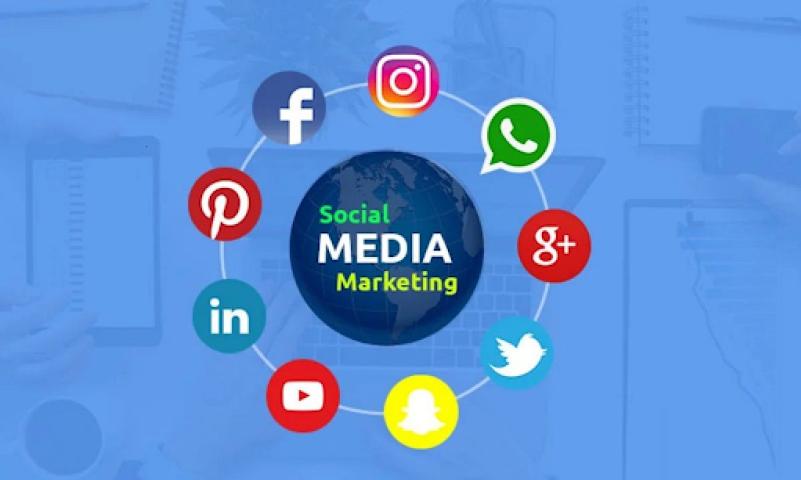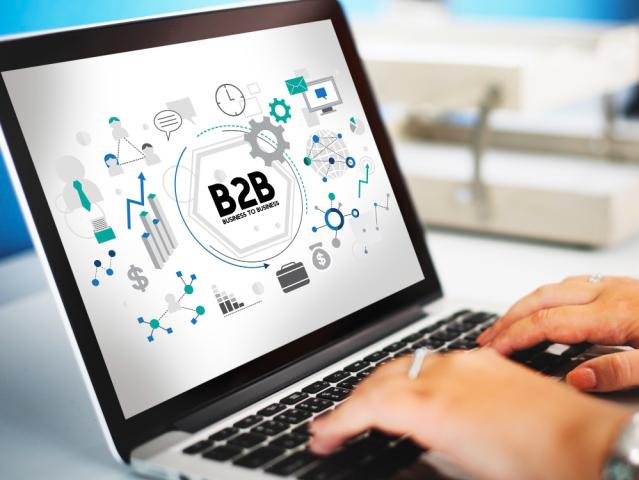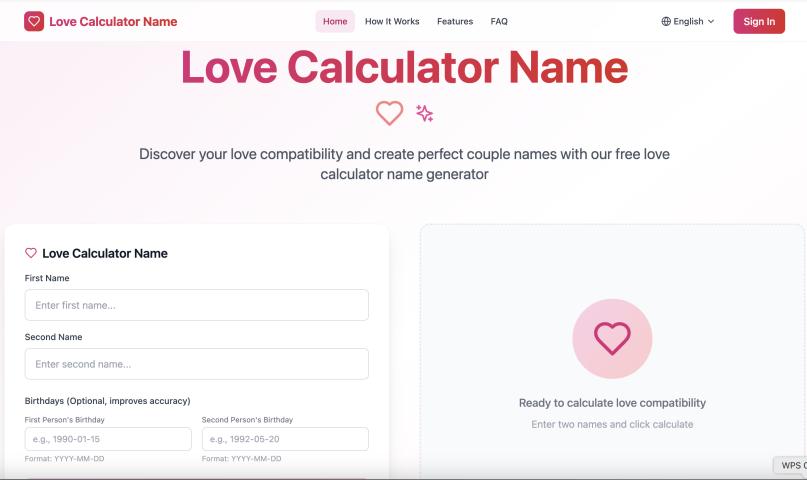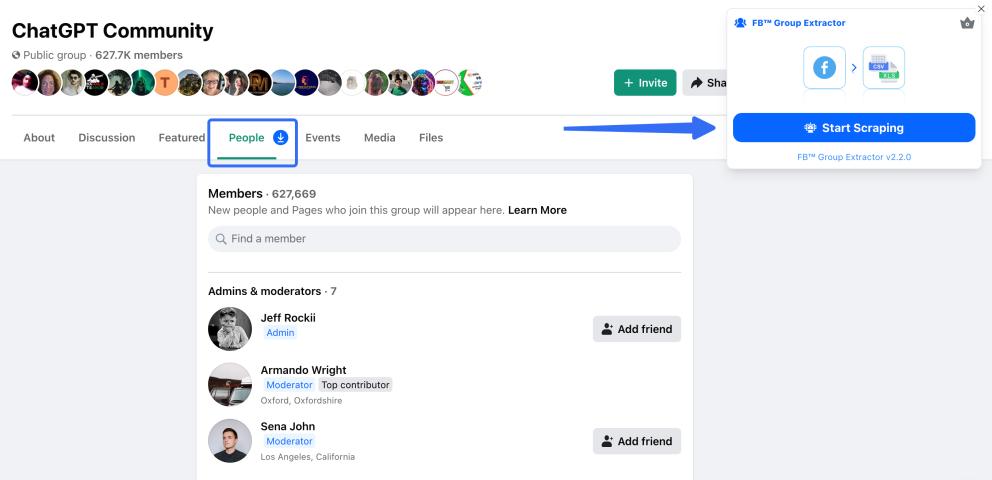Understanding your audience means understanding how their habits evolve. People's daily routines, digital preferences, and purchasing decisions aren’t static—they shift with age, experience, and the era they grew up in. For startups aiming to grow with precision, aligning your product or service with these shifting behaviors can be a game-changer.
The Lifecycle Effect: How Age Shapes Habits
Human behavior naturally evolves over time. A 22-year-old fresh out of college has different priorities than a 45-year-old parent juggling work and family life. These life stages impact how people consume information, spend money, and interact with technology. Startups should consider how these lifecycle patterns influence:
Spending power and priorities – Younger consumers may be more experimental but have limited budgets. Older consumers might seek value and reliability over novelty.
Tech adoption – Digital natives (Millennials, Gen Z) expect intuitive design and mobile-first experiences. Older generations may prefer simplicity and functionality.
Decision-making speed – Younger audiences often decide quickly, influenced by social media trends. Older consumers may research longer and rely on peer reviews.
Generational DNA: Why When You're Born Matters
Beyond age, generational context plays a powerful role. Consider how the environment shapes values:
Gen Z (born ~1997–2012) is growing up with climate anxiety, social media saturation, and a creator economy. They value authenticity, diversity, and rapid digital interaction.
Millennials (born ~1981–1996) witnessed the rise of the internet and the 2008 financial crisis. They favor brands with purpose and transparency but are cautious spenders.
Gen X (born ~1965–1980) often balances tradition with tech-savviness. They appreciate quality and are less susceptible to hype.
Boomers (born ~1946–1964) may lean toward brands they’ve known for decades. Trust and service matter more than flashy features.
Each generation has its own emotional triggers and pain points—knowing these can help you craft more resonant messaging and user experiences.
Targeting Smart: Building Products That Match Behaviors
Trying to appeal to “everyone” usually means connecting with no one. The most successful startups laser-focus on a core audience. Here’s how to align your offering:
Choose a primary generation/lifecycle stage to serve
Are you solving a Gen Z problem or addressing a Boomer need? Are you speaking to new graduates or busy parents? Get specific.Map out their habits and frustrations
What platforms do they use daily? What do they complain about? Where do they spend money without hesitation?Build user journeys based on behavior, not assumptions
Millennials might prefer self-service options. Boomers might want customer support with a human touch. Adapt your UX accordingly.Stay flexible as habits change
A startup’s initial audience may shift over time. Keep researching, stay agile, and be willing to reposition when necessary.
Final Thought
Consumer habits are a moving target, shaped by age, culture, and technology. Startups that succeed long-term are those that not only understand who they’re serving today—but who that customer is becoming tomorrow.

















